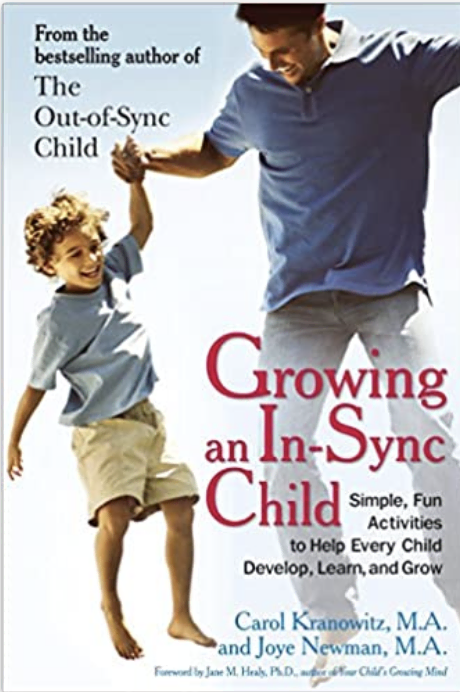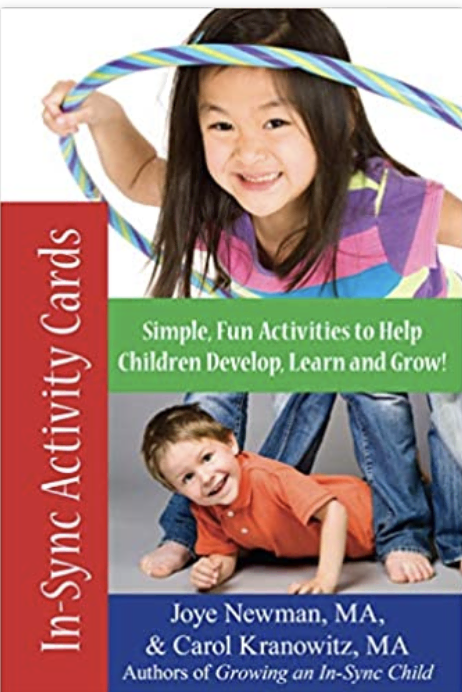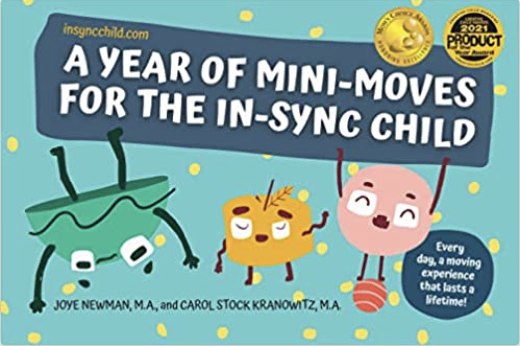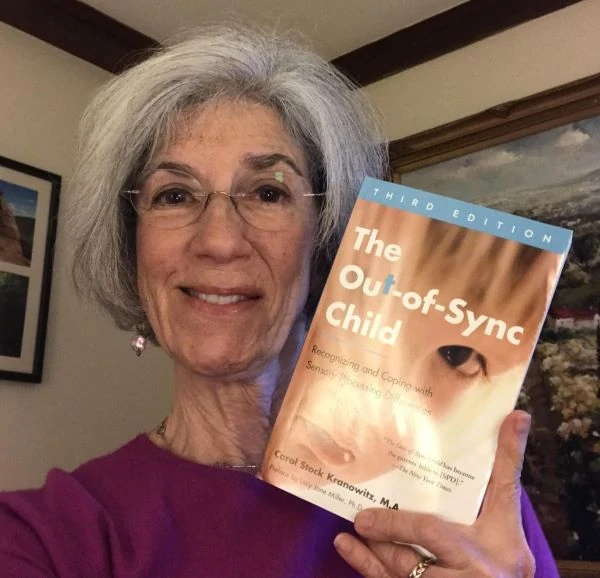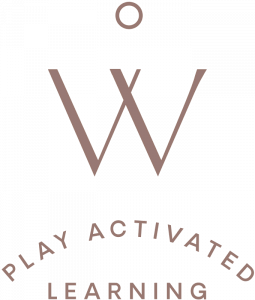Are Your Children In Sync?
Do they…
- Move easily and effectively?
- Enjoy movement?
- Join in group games?
- Try new activities?
Do they find it easy to…
- Work well in groups?
- Make friends?
- Get dressed?
Are they…
- Emotionally secure?
- Easy to get along with?
- Confident and competent?
The more boxes checks you checked above, the more likely your children are “in sync.”
Children learn most between birth and age six by moving. The more children move, the more they will feel comfortable in their bodies and in sync with the world.
When children are in sync, their movements are easy and smooth. They feel comfortable in their bodies, and thus they feel good. All of us function better when our body works.
Children who are out of sync don’t share an in-sync child’s ease and comfort. They may be clumsy, avoid playground equipment, exhibit behavior problems, and have low self-esteem. They often develop into uncomfortable adults.
To be at ease in the world, kids gotta move! Consider the time children spend at sedentary or technology-based activities. Children should spend equal or more time actively moving. Two-dimensional screen activities do little to develop and enhance preschoolers’ sensory, perceptual and visual-motor skills.
When children experience the 3D world by moving within it, they build a solid foundation for life.
Some In-Sync Suggestions:
Introduce novel ways of moving. Instead of walking, invite children to:
• Jump, slide, or gallop to get their coats from their cubbies.
• Scoot on bottoms or wriggle on tummies to join circle time.
• Creep on hands and knees during clean-up time.
These large locomotor activities strengthen muscle tone and prepare young bodies for small, distinct movements, such as drawing with crayons and cutting.
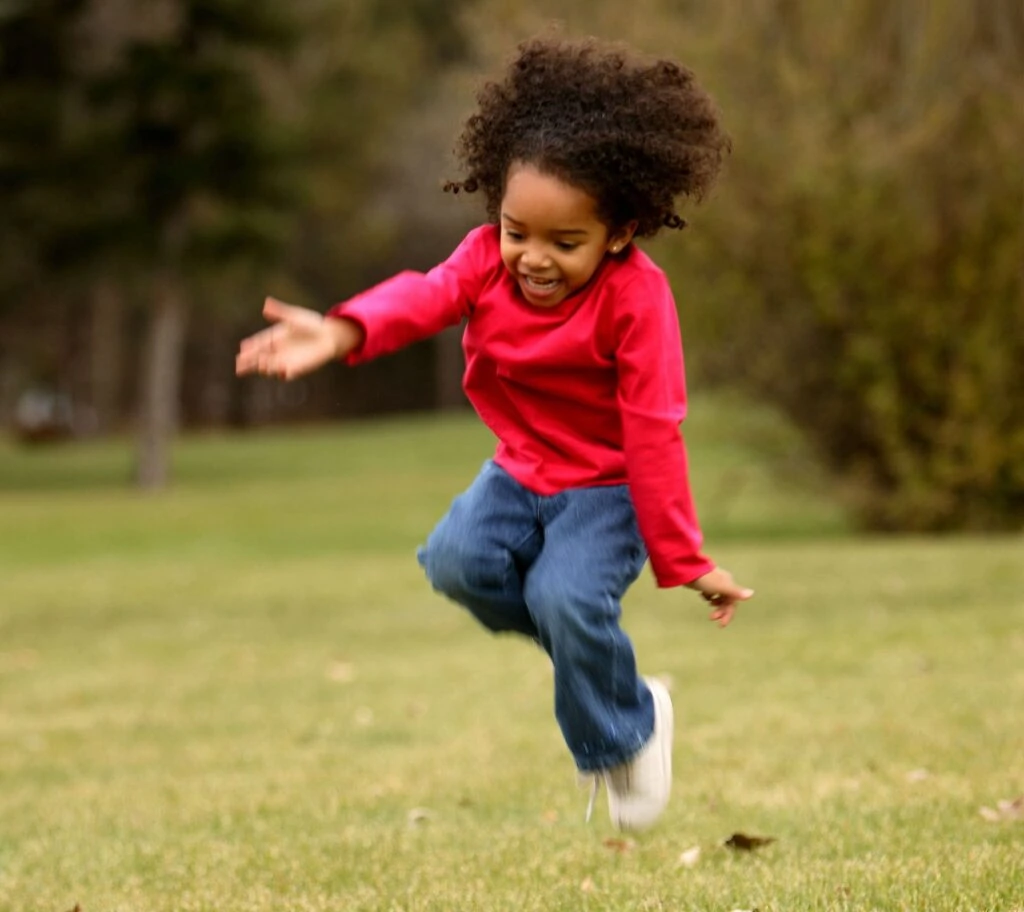
Outside, encourage children to:
- Go barefoot to feel differences between sand, grass, and blacktop.
- Step in puddles.
- Make mudpies and snowballs.
- Jump in leaf piles.
These “messy” activities promote neurological growth that prepares young brains for handwriting and fine-motor tasks.
Set up “In-Sync” activities such as Where Am I? and Heads Up, Toes Down to help children learn to be in charge of their bodies — and watch those sensory, perceptual-motor, and visual-motor skills grow!
(Adapted from an article in Teaching Young Children, Vol. 6, No. 1, Oct-Nov 2012)
References
Kranowitz, Carol Stock, Newman, Joye (2010). Growing an In-Sync Child: Simple, Fun Activities to Help Every Child Develop, Learn, and Grow. TarcherPerigee.
Kranowitz, Carol Stock, Newman, Joye (2012). In-Sync Activity Cards: 50 Simple, New Activities to Help Children Develop, Learn, and Grow!. Sensory World
Kranowitz, Carol Stock, Newman, Joye (2022). A Year of Mini-Moves for the In-Sync Child. Future Horizons

